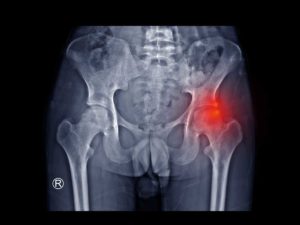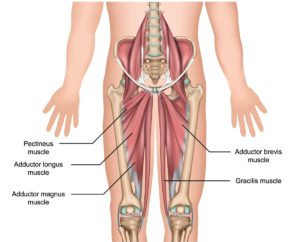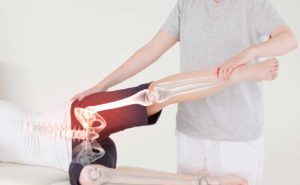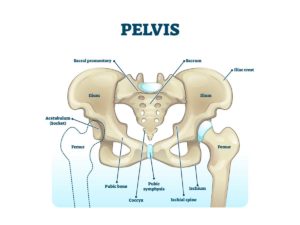
Piriformis Syndrome
Typical Symptoms
Piriformis syndrome typically causes pain in the buttock that spreads along the leg on the same side. There can be pain when sitting and also when mobilising.
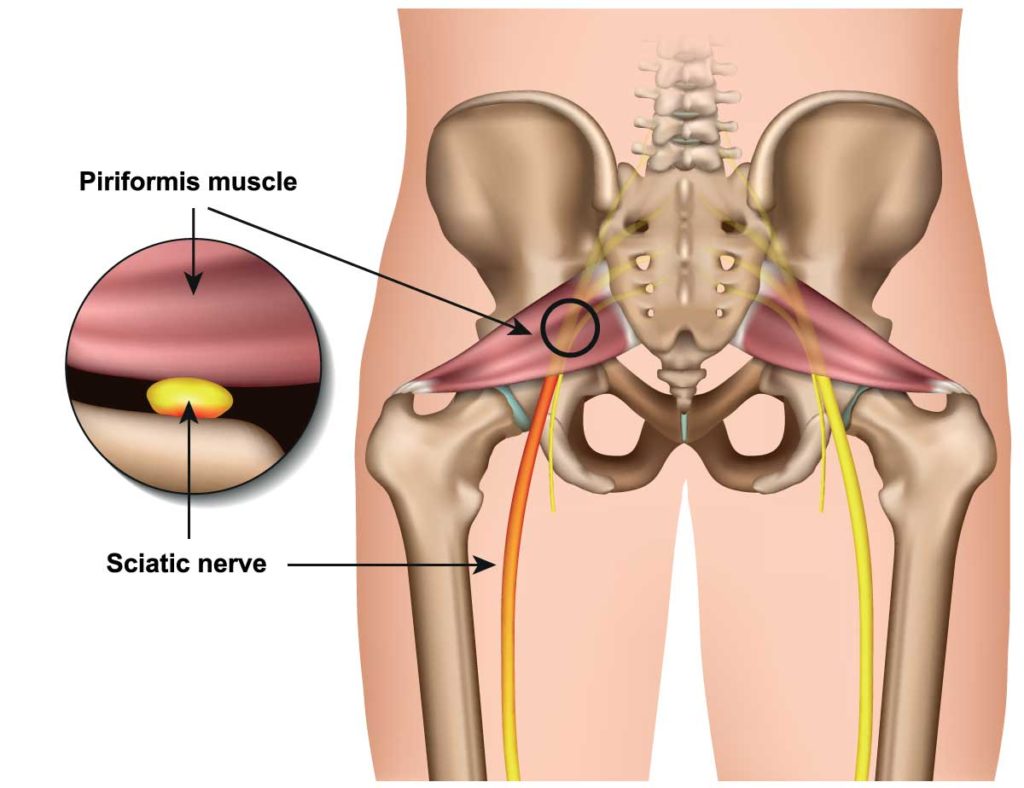
What causes it?
Symptoms can develop after overloading of the piriformis muscle, causing it to enlarge and irritate the sciatic nerve. The sciatic nerve normally runs next to the piriformis muscle, but in some people the nerve can run through it (as an anatomical variant) and hence be compressed.
Symptoms can also be triggered by prolonged sitting or compression from an external source on the area. Due to irritation of the nerve, there can be pain further along in the leg.
How can I help myself?
It is useful to consider factors that might be triggering off the symptoms, such as a change in activity, prolonged sitting, travel etc.
Regular stretching, soft tissue release with a sports therapist, acupuncture or cupping can help with pain symptoms. Analgesia, such as anti-inflammatories or medication that settles nerve symptoms, can help with pain.
When to seek help?
If, despite trying to address contributing factors and taking medications to help with symptoms, the pain is ongoing and starts to affect your function, you should have your symptoms assessed.
What are the treatment options?
After being assessed with a medical history and clinical examination, your clinician may undertake investigations such as a hip x-ray, to look for bony changes, or ultrasound, to look for muscle or tendon pathologies around the hip. If they suspect it is due to the piriformis, they may recommend rehabilitation with a physiotherapist or acupuncture in the first instance. However, if your symptoms continue, they may investigate further with an MRI scan or nerve conduction study.
In situations where the symptoms are ongoing, your clinician might offer a cortisone injection or if there is an anatomical anomaly, a surgical treatment maybe needed.
